How To Build Your Brand On YouTube
To build a strong brand on YouTube, start by defining your target audience and creating a professional channel setup. Consistently produce high-quality content that resonates with your viewers, optimizing your videos for search engines with relevant keywords and engaging titles.
YouTube isn't just a place to make and share videos. It's also a great way to build your brand and sell your products or services.
Whether you’re running a small business, hoping to become a creator, or just passionate about something, YouTube's a place where you can grow your brand no matter what you sell.
By creating high-quality content and optimizing your videos for search, you can attract a large audience and drive traffic to your website or online store. YouTube's powerful search engine and algorithm can help you reach potential customers who are actively seeking information related to your products or services.
Here’s a detailed guide on how to use YouTube to grow your brand!
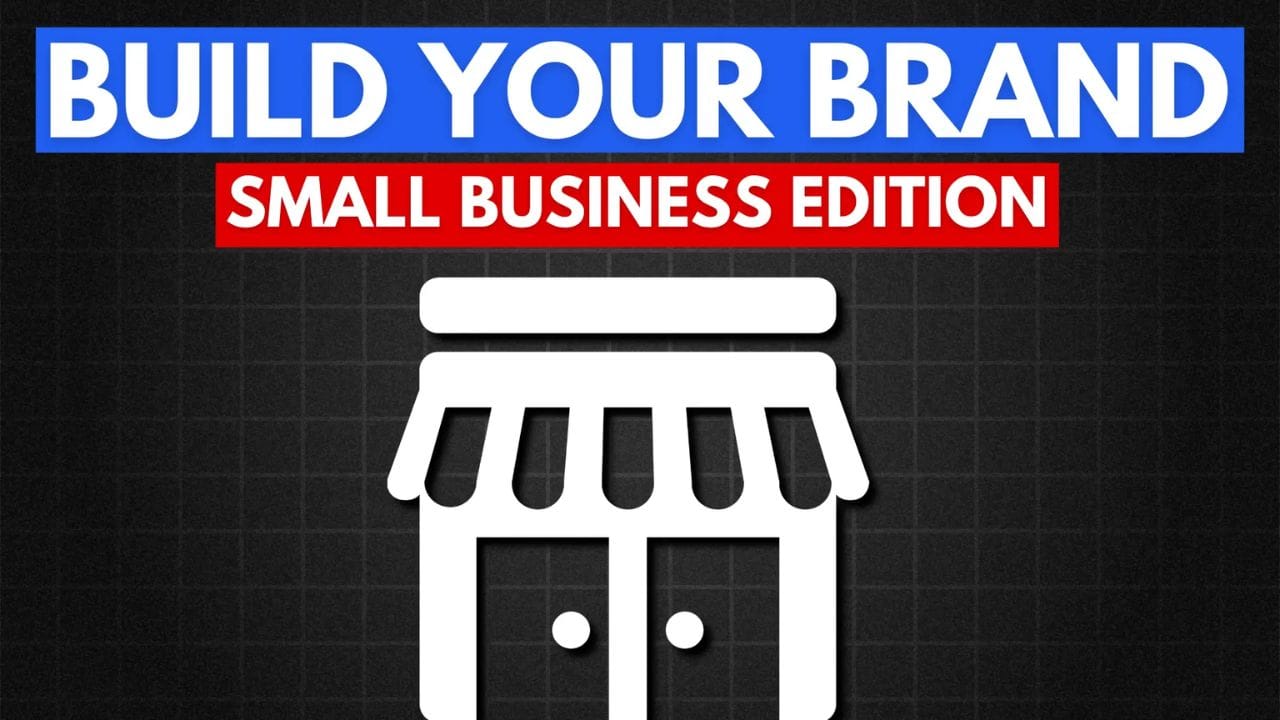
1 - Define Your Brand Identity
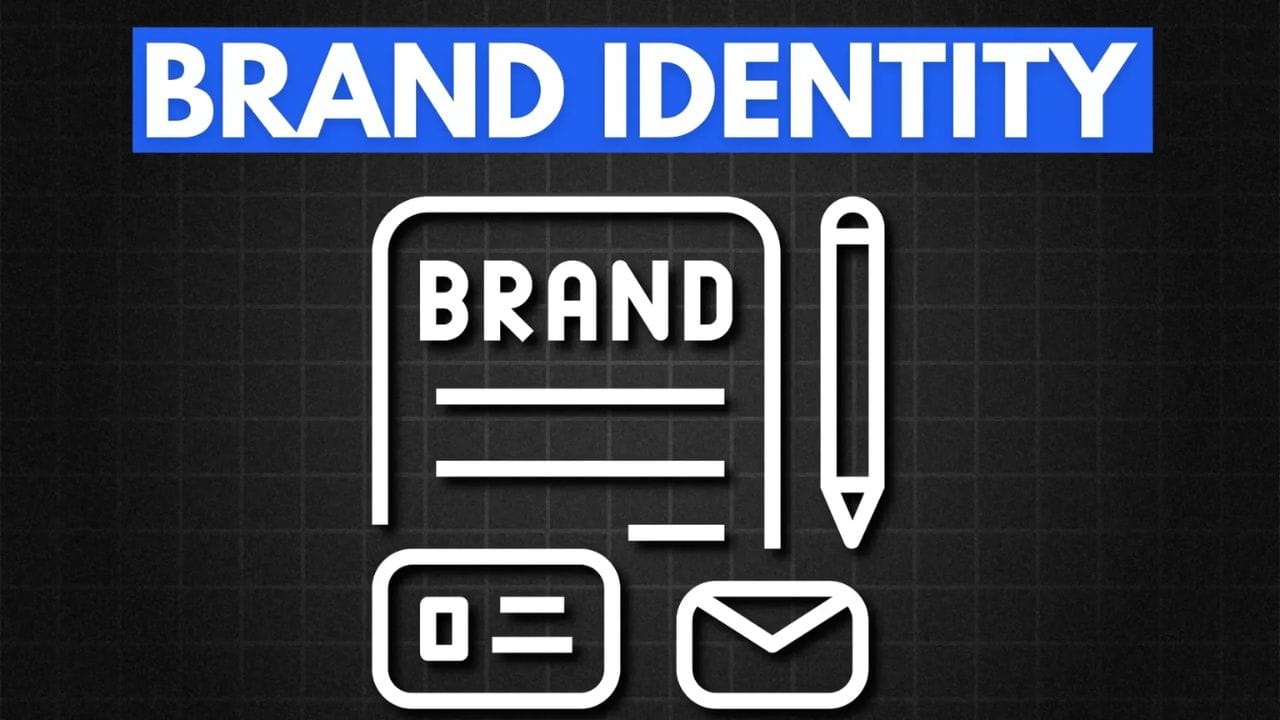
What This Means
To build your brand on YouTube, you need to clearly understand who you want to reach with your content.
For example, if you sell digital products that help students, you need to understand what that audience (the students you want to buy your stuff) watches and wants.
One of the best ways to find out what your viewers want is to create a profile of your ideal viewer. Ask questions like: What problems are they facing? What specific keywords and phrases are they searching for? What kind of thumbnails grab their attention?
Answering questions like these is an important piece of the puzzle for attracting not just any viewers, but the right ones who will genuinely connect with your content and buy your product.
To get more accurate insights, you can also try surveys or interviews. This way, you can collect answers directly from your audience and better understand your audience's needs and preferences.
2 - Set Up Your YouTube Channel
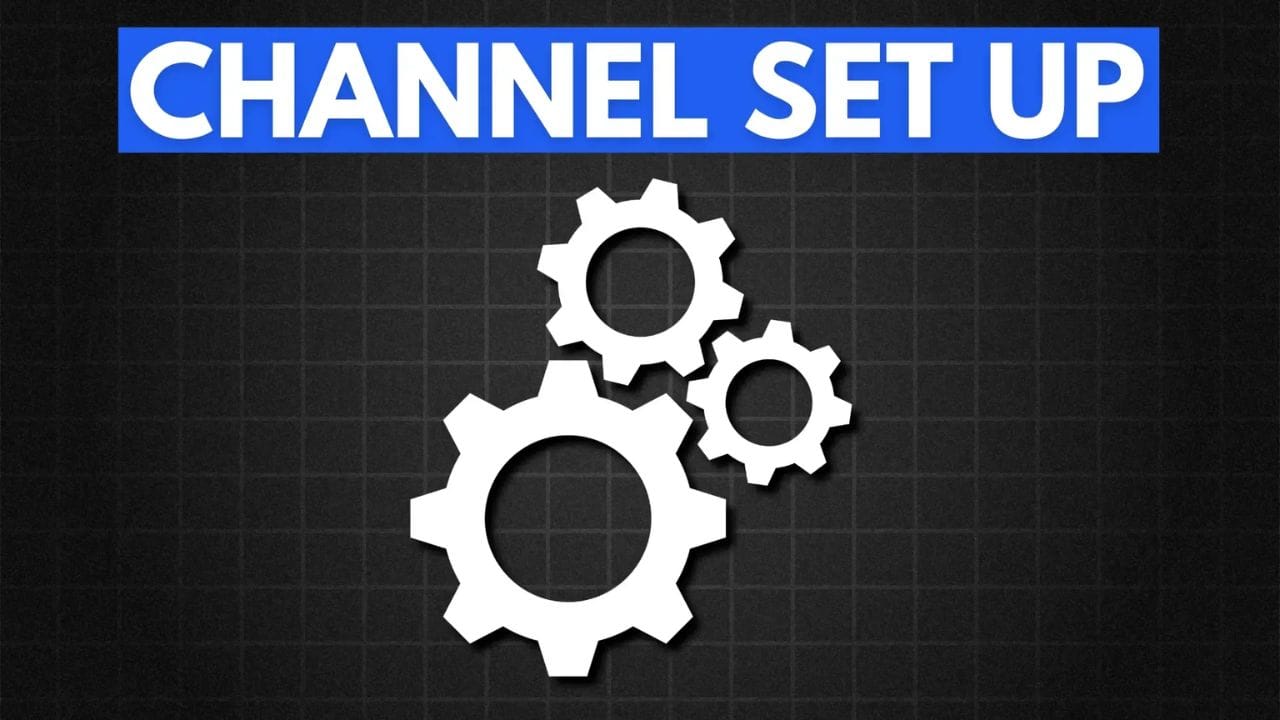
What This Means
After defining your brand, it’s time to set up your YouTube channel.
Choosing a channel name should be straightforward. It can be your brand name or a shortened version of it. If your brand is you, using your own name might be the best choice. Choose a channel name that's easy to remember and shows what your brand is about.
Nowadays on YouTube, channels and about sections don’t matter too much, but it’s still important to check that the links to your product or service in your About section are working and clearly named. This way, viewers can easily understand and access what you're offering.
Playlists can be very useful if you have a course or a series that you think your audience will want to watch from beginning to end. Make sure to put videos with similar topics or themes together in these playlists, and make sure the videos are up-to-date and relevant. This helps keep your content organized and makes it easier for viewers to find what they’re interested in.
3 - Create High-Quality Content
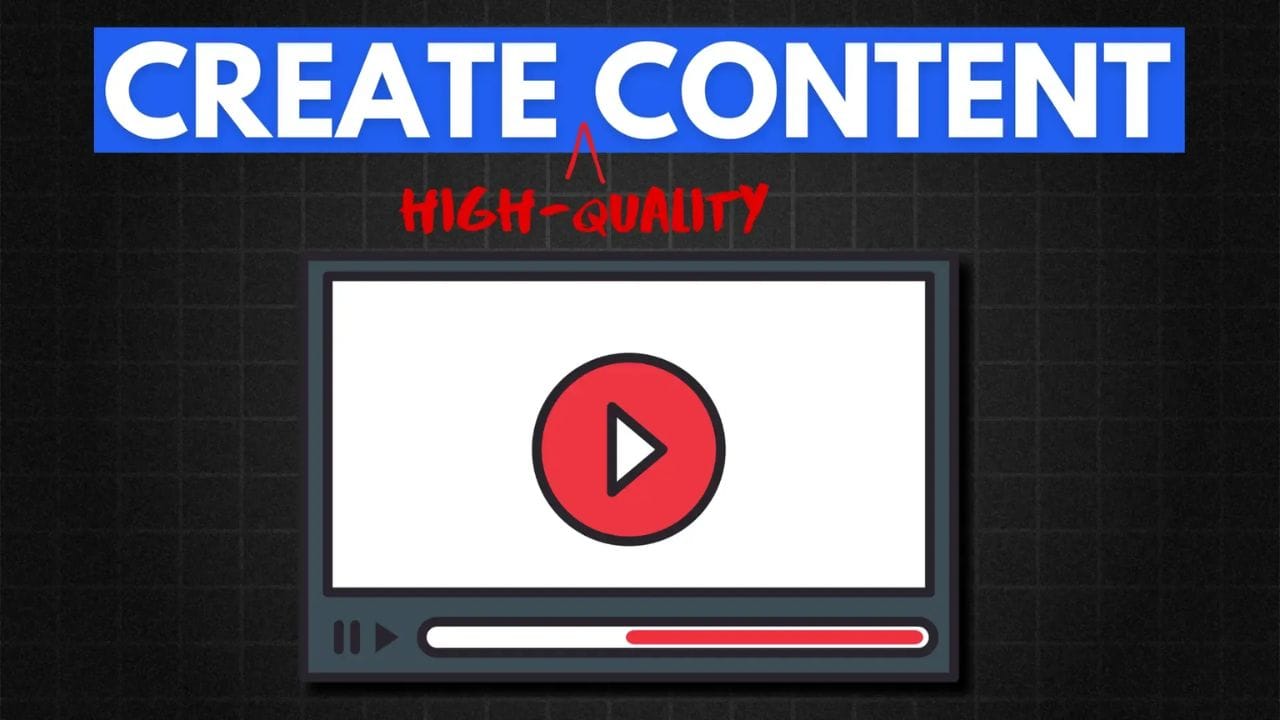
What This Means
Your content, whether you like it or not, reflects back on your brand. If you make incredible content, you more than likely offer high-quality products, and vice versa.
The first step in creating great content is coming up with a great idea, and the most effective way of coming up with great ideas is by looking at what people inside or outside of your niche have done to generate great results.
Luckily, 1of10 does exactly that without you needing to look through thousands of videos. You can simply get inspiration from other creators' content and align it with your own niche to create content your dream viewer will want to watch.
Make sure your equipment is also of high quality. Remember, your audience will judge your brand based on your content. If you're not willing to invest in good equipment to attract clients, they won't invest their time to watch your videos.
4 - Master YouTube SEO
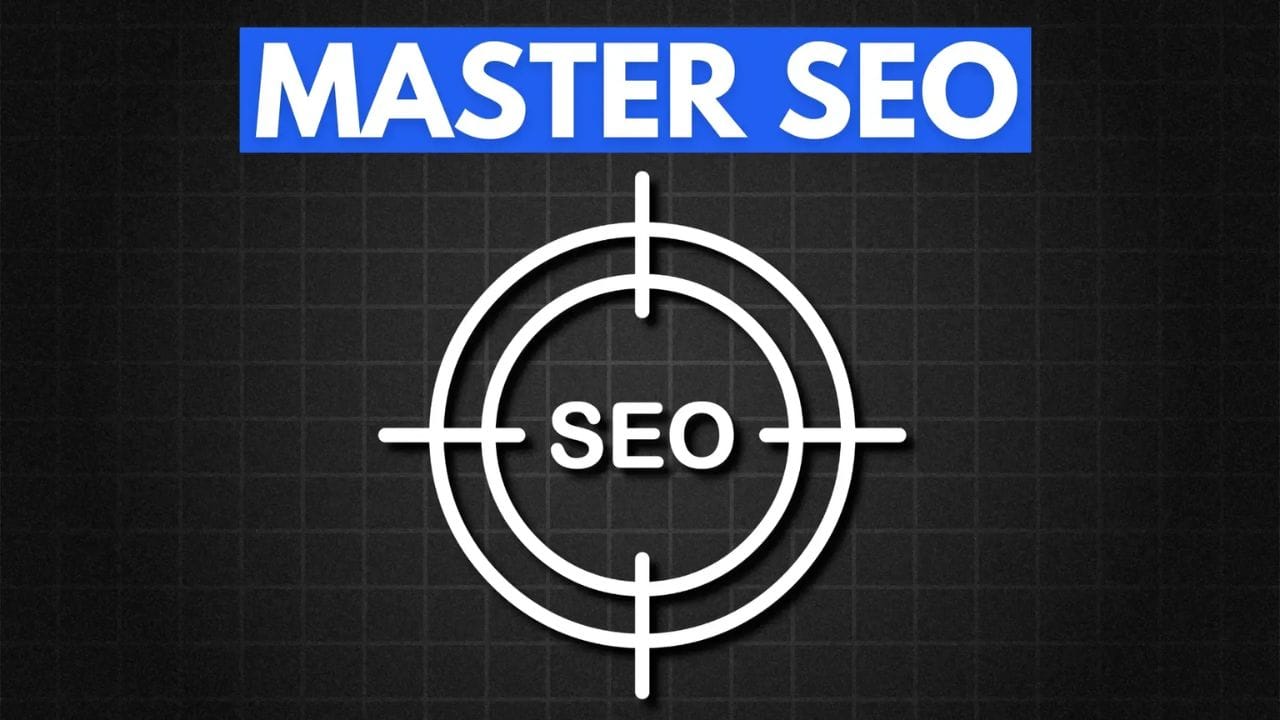
What This Means
Start with your title. Include your main keywords early in the title, possibly as the first word, and keep it under 50 characters to avoid having it cut off by YouTube.
In the description, focus on the first 150 characters. This part shows up in the search results, so use your main keywords and give a brief summary of your video. Sprinkle keywords throughout the description naturally, but avoid keyword stuffing. Also, remember to add links to your website, social media, or related videos, and check that they work.
For tags, use a mix of broad and specific ones. Broad tags like "YouTube SEO" and specific ones like "how to optimize YouTube titles" help cover different aspects of your video. Use up to 10-15 relevant tags, but don’t overdo it or include tags that don't fit the topic of your video. For example, for a video on YouTube SEO, your tags could be "YouTube SEO," "How to rank YouTube videos," "Optimize YouTube title," "YouTube description tips," and "Increase YouTube views."
5 - Analyze Performance and Iterate

What This Means
Building a brand on YouTube is a constant process that needs regular review and changes. By looking at your analytics, you can see what's working well and what needs to improve.
With so many metrics on YouTube, which are the main ones to watch?
Click-through-rate (CTR) and average-view-duration (AVD) are the two main stats to look at.
CTR shows how many people clicked on your video, while AVD displays how long your views watch your videos for. The higher the percentages on these two stats, the better your video is likely to perform.
If you prefer focusing on just one stat, pay attention to views. Views are the result of both CTR (Click-Through Rate) and AVD (Average View Duration). The higher the CTR and AVD, the more views you'll get. So, you can think of it the other way around, too. The more views you have, the better your CTR and AVD likely are, depending on your video's reach.
Building a brand on YouTube takes time, effort, and consistency. If you follow these steps, you can build a brand on YouTube and make money from your content, whether through adsense or by selling your offer.
If you want to learn more about what separates the TOP 1% of creators from the rest and apply it in your own content, use the 1of10 tool or download our free Chrome extension.
